
How can we make servicing satellites in space as easy as maintaining your car?
Future on-orbit servicing (OOS) capabilities and in-space manufacturing will extend operational lifetimes of satellites and thus will reduce lifecycle costs and enable new systems and missions. These effects could be achieved not only through refueling, repairing, or recycling of satellites, but also through satellite orbit correction and in-space manufacturing. Additionally, OOS creates a prospect of establishing a commercial servicing and debris removal network lending from the same technology base.
Commercial space sector is beginning to move toward robotic servicing as an integral part of its space architecture. As standardized interfaces become more prevalent throughout the satellite manufacturing industry, costs will inevitably decrease. Standardized plug-and-play capabilities have benefited many industries, such as home computers.
The implications for in-space manufacturing are seemingly limitless. Therefore, the USSF is seeking bold and disruptive technologies enabling on-orbit servicing and manufacturing.
Topics of Interest
| April 27, 2021 | Kickoff |
| July 22, 2021 | Demo Day |
| July 23, 2021 | Final Day |
| April 27, 2021 | Kickoff | The On-Orbit Servicing, Assembly, and Manufacturing cohort kicks off – completely virtual! |
| July 22, 2021 | Demo Day | LIVE Demo Day |
| July 23, 2021 | Final Day |
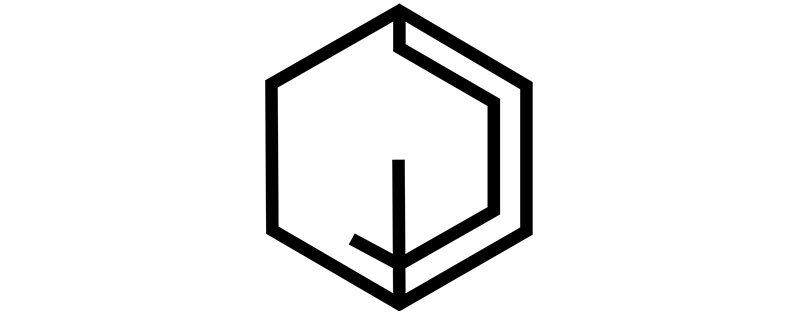
Atomos Space (Denver, Colorado) is building and operating Orbital Transfer Vehicles (OTVs) to reduce the cost of access to space. OTVs allow greater ridesharing, expand the capabilities of existing launch vehicles, and allow repositioning to new orbits for new missions without affecting satellite lifetime. Atomos uses electric propulsion in a scalable architecture to allow variety in thrust and efficiency depending on the mission need. Their autonomous, ubiquitous rendezvous approach allows capture of nearly all unmodified client satellites, in any orbit or gravitational environment.
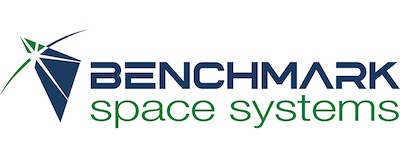
Benchmark Space Systems (Burlington, Vermont) has a mission to enable the next phase of on-orbit operations by building the most comprehensive lineup of in-space mobility products and services. With a strong foundation in green propellant thrusters from 10 mN to 500N, the Benchmark team has been adding several layers to their technology stack that result in mobility solutions that are responsive to a multitude of OSAM objectives. By combining state of the art green propellants with innovative thruster technology, a flexible avionics system and bus-agnostic software, their products and support services can be applied to any size spacecraft from 3U through OTV, ESPA, and Landers.
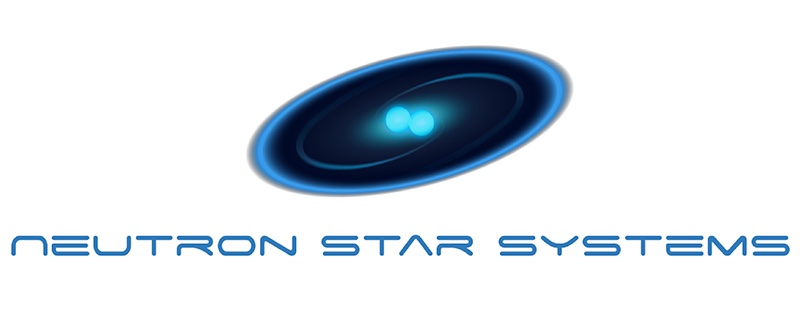
Neutron Star Systems (Cologne, Germany) mission is to enable the next generation of space markets. They aspire to grow and expand the high-power space market by commercializing and standardizing the use of High-Temperature Superconductors in space systems. They apply superconductors to Electric Propulsion, Re-Entry Shielding, Power Management and Distribution, and Radiation Shielding Systems. Their products will drastically reduce the mass and volume of spacecraft systems for high power and maximize their efficiency and power. Ultimately, Neutron Star Systems goal is to allow both new and existing mission scenarios to be delivered in more economically and technically feasible ways.
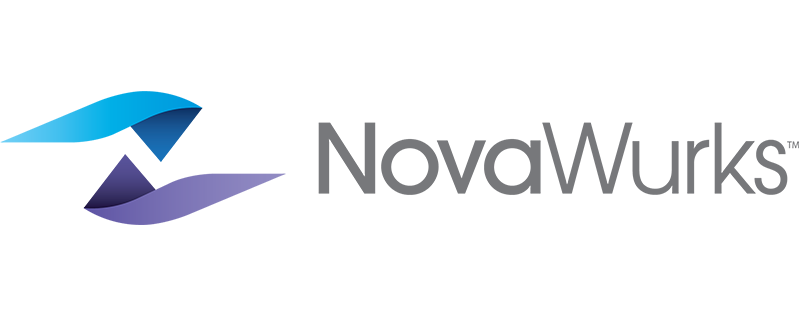
NovaWurks (Los Alamitos, California) advances building blocks and tools for a new era of space security, safety, commerce, and exploration. Their vision is to democratize and enable space activities, for them to be as ubiquitous to everyone as similar activities are on earth. NovaWurks provides a way for satellites to be rapidly configured at lower cost through use of platform technology that conforms to customer Payloads, not the other way around, in an easy to interface, adapt, and configure manner. NovaWurks continues to build systems using biomimicking stem-cell-like modules with software-definable capabilities that include control, communications, sensors, actuators, pointing, power, data handling/processing, assembly/docking, and propulsion. With their unique heritage and expertise at the forefront of aggregation, NovaWurks offers next-generation architecture for on-orbit assembly and reconfiguration services across a diverse set of markets.
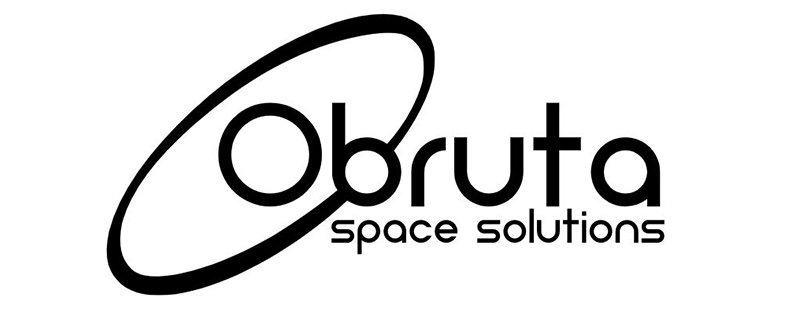
Obruta Space Solutions (Ottawa, Canada) is creating the foundational infrastructure to support the emerging on-orbit services economy. They envision a future in which satellites sustainably occupy the orbital environment and no longer operate under a single-use mentality. To achieve this, Obruta is equipping satellites with their Puck interface for both terrestrial and in-space servicing. Additionally, Obruta is providing the necessary services to extend and enhance their mission lifespans.
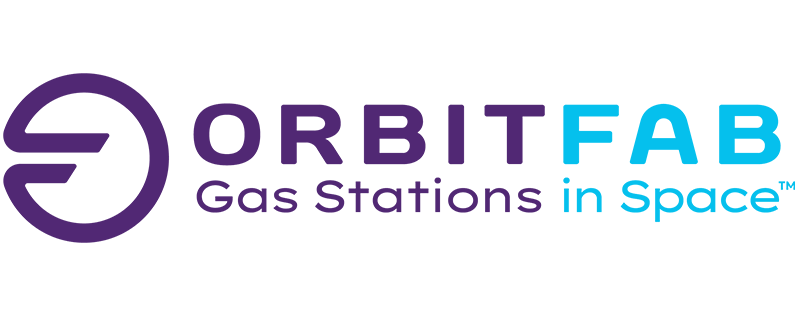
Orbit Fab (San Francisco, California) is building “Gas Stations in Space™”, a supply chain for propellant in Earth orbit. Every year $10B worth of satellites get destroyed because they run out of fuel. Orbit Fab’s customers realize capital cost reductions up to 75% and net savings over 50%, and Orbit Fab captures gross margins of 90%. Key to the ecosystem is the company’s RAFTI fueling port and docking interface, which is being widely adopted in the industry around the world with over $2M in contracts with companies in North America, Japan, and Europe, as well as the US Air Force, NASA, and NSF, and received $3M worth of launches and other support from the US International Space Station National Lab. Their hardware has already flown to space in 2019, when they became the first private company to supply the International Space Station with water and in June of 2021, they will launch the world’s first satellite fuel tanker.
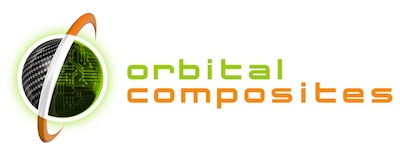
Orbital Composites (OC) (San Jose, California) is developing Additive Manufacturing of electronic composites enabling on-orbit manufacturing of large, precise, and resilient space structures like solar arrays, RF antennas and segmented optics. On-orbit manufacturing capability will provide increased reliability, reduced cost and accelerated deployment of large space structures compared to conventional launch systems. OC’s patented 3D printable quantum field antenna can be manufactured in pieces and assembled in-space or can be directly printed in-space. Incredibly large (>100m) antennas are possible at the fraction of the cost of current unfurlable antennas. Stealth communication is also possible. To reduce the production, transportation cost and mission system build rate, OC proposes manufacturing the entire structure of antenna array in the required orbit from its raw prefabricated material stock. OC can also 3D print the entire composite support structures. The technology can also be extended to make pressure vessels capable of supporting human-rated systems. All OC technology is dual use to reduce commercial risk.
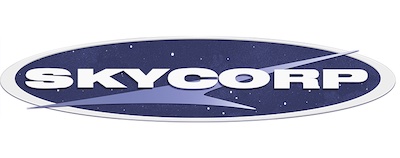
Skycorp Inc. (Santa Clara, California) is building the Orbital Logistics Vehicle (OLV). This is the world’s first fully reusable spacecraft, through propulsion system “reprovisioning” which eliminates refueling and the ability to easily swap out payloads as customer needs and markets change. The OLV’s operational range is the inner solar system and its diverse payloads include RF, Optical, tug, and robotic servicing.